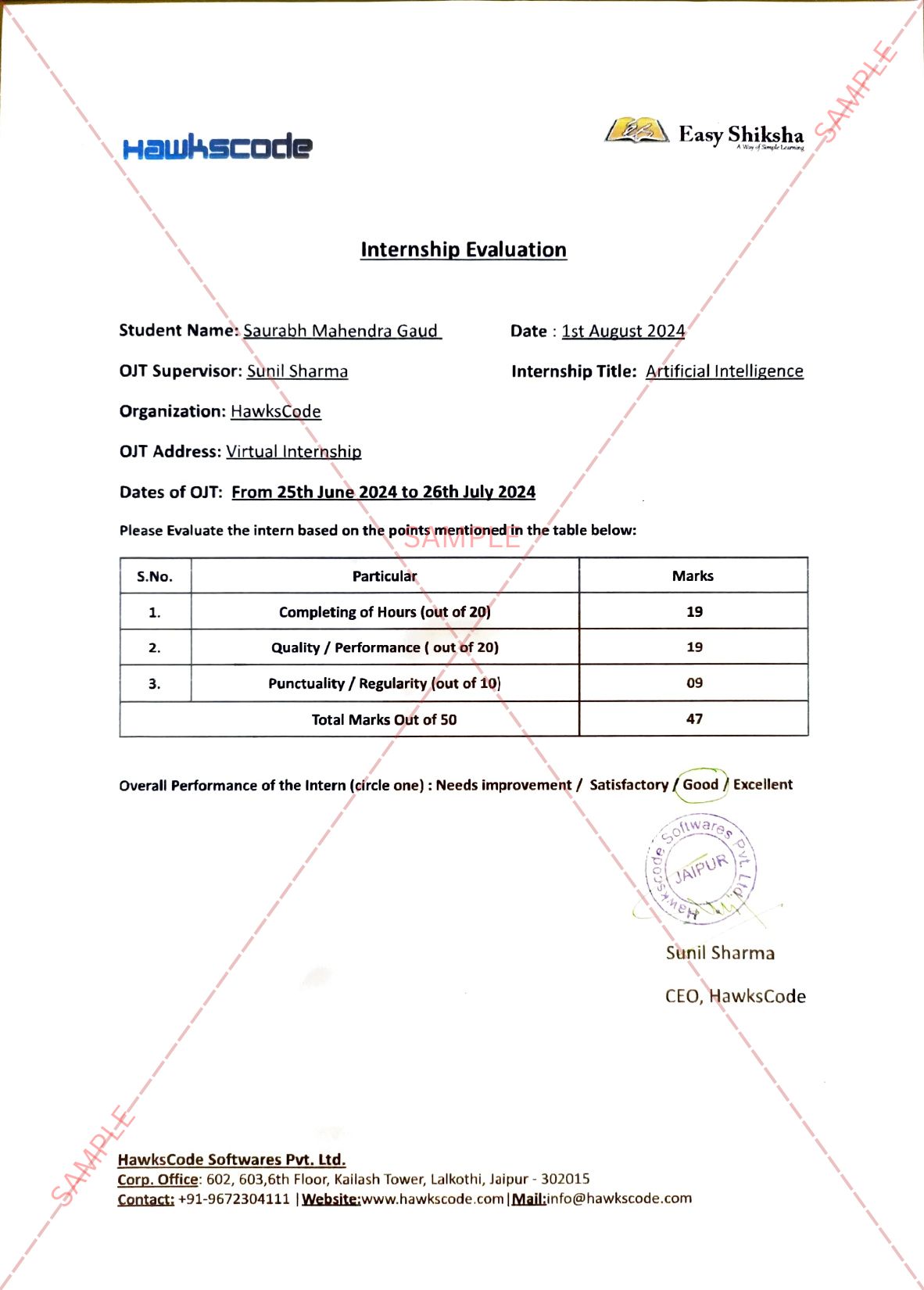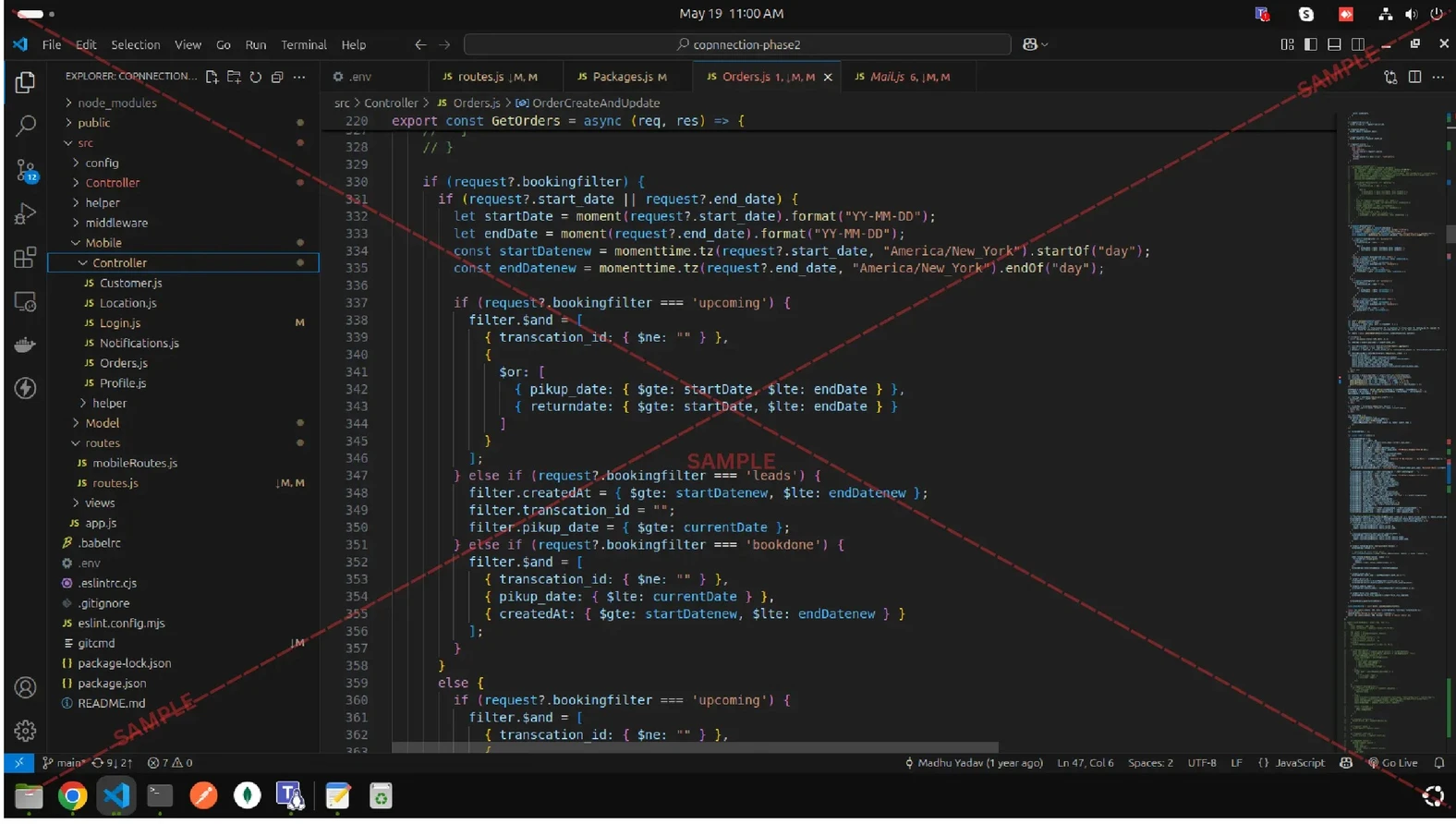Role of Healthy Diet in Brain Development
Nutrition is crucial in assisting the improvement of children’s brains, and it performs a key position in awareness and learning. Certain ingredients, along with eggs, oily fish, and veggies, comprise vitamins important for early improvement.
Foods containing crucial vitamins are vital for children’s mental improvement and features. Low glycaemic index (GI) ingredients also can assist the mind feature through balancing blood sugar. These ingredients can assist enhance awareness and cognizance at the same time as at school.
Healthy brain diet
The following ingredients comprise vitamins which can be vital for mental health. Adding those ingredients to a child’s weight loss program might also additionally assist with wholesome mind improvement and features.
Protein. Protein may be determined in meat, poultry, seafood, beans and peas, eggs, soy merchandise, nuts and seeds, in addition to dairy.
Zinc. The meals that have the maximum zinc, interestingly, are oysters — however, it’s additionally determined in lots of meats, fish, dairy merchandise, and nuts.
Iron. Meats, beans and lentils, fortified cereals and bread, darkish leafy veggies, and baked potatoes are some of the great assets of iron.
Choline. Meat, dairy, and eggs have plenty of choline, however so do many veggies and different ingredients.
Folate. This nutrient, which is specifically vital for pregnant mothers, may be determined in liver, spinach, fortified cereals and bread, in addition to different ingredients.
Iodine. Seaweed is an incredible supply of iodine, however, we additionally get it from iodized salt, seafood, dairy merchandise, and enriched grains.
Vitamin A. Along with the liver, carrots, candy potato, and spinach are properly reassessed of this nutrition.
Vitamin D. This is the “sunshine nutrition,” and the great manner to get its miles to get outside. The flesh of fatty fishes along with salmon have it, as does fish liver oil, and merchandise fortified with it, along with fortified milk.
Vitamin B6. The great assets of nutrition B6 are liver and different organ meats, fish, potatoes and different starchy veggies, and fruit (now no longer citrus).
Vitamin B12. Vitamin B12 is certainly determined in animal merchandise, along with meat, fish, eggs, and dairy.
Long-chain polyunsaturated fatty acids. An instance is omega-three fatty acids. These are maximum without difficulty determined in fatty fish and fish oils, however, may be determined in a few different oils, and lots of ingredients also are fortified with them.
Best ingredients to assist in studying
Eating whole-meals snacks at the same time as reading can assist in stabilising blood sugar and assist awareness and cognizance. Some snack thoughts for whilst children are reading include:
Carrot sticks and hummus
Mashed avocado on oatcakes
A protein ball crafted from oats, cocoa powder, and nut butter
A butterbean and herb dip with whole-grain pita slices
A path blend crafted from unflavoured nuts, seeds, and coconut chips
Conclusion
Many vitamins are crucial for mind improvement in children. Eating a wholesome weight loss program facilitates making sure that a child’s mental capabilities are optimal, offering long-time period and short-time period benefits.
Including ingredients along with eggs, oily fish, and oats can stability blood sugar and assist mind features. Starting the day with a low GI breakfast and consuming wholesome snacks at the same time as reading might also additionally enhance awareness and save you energy dips.















































